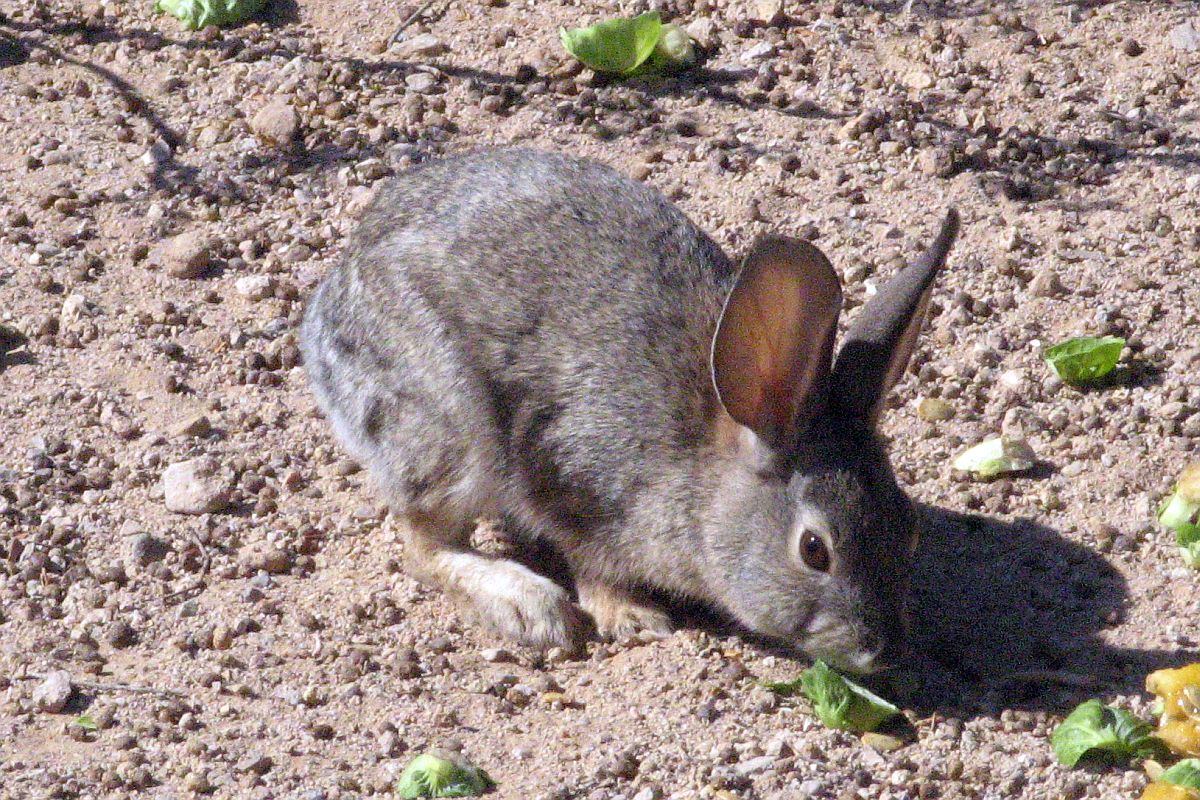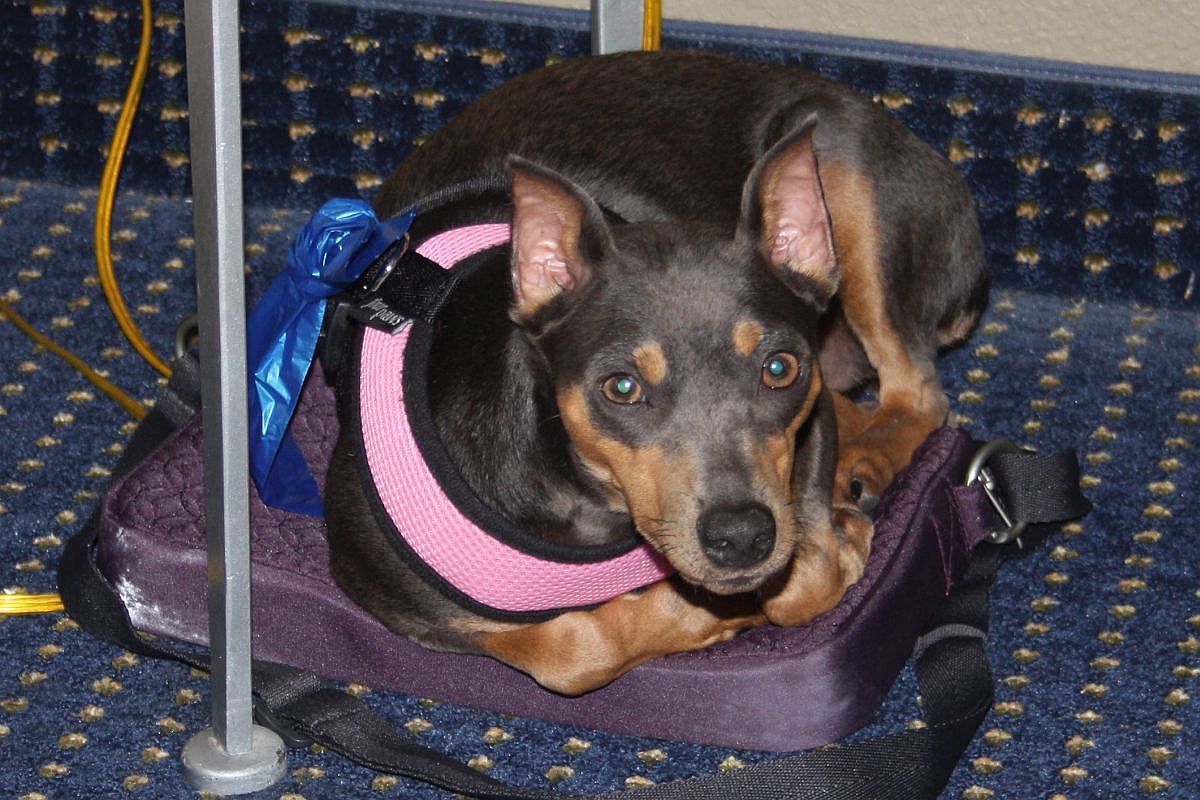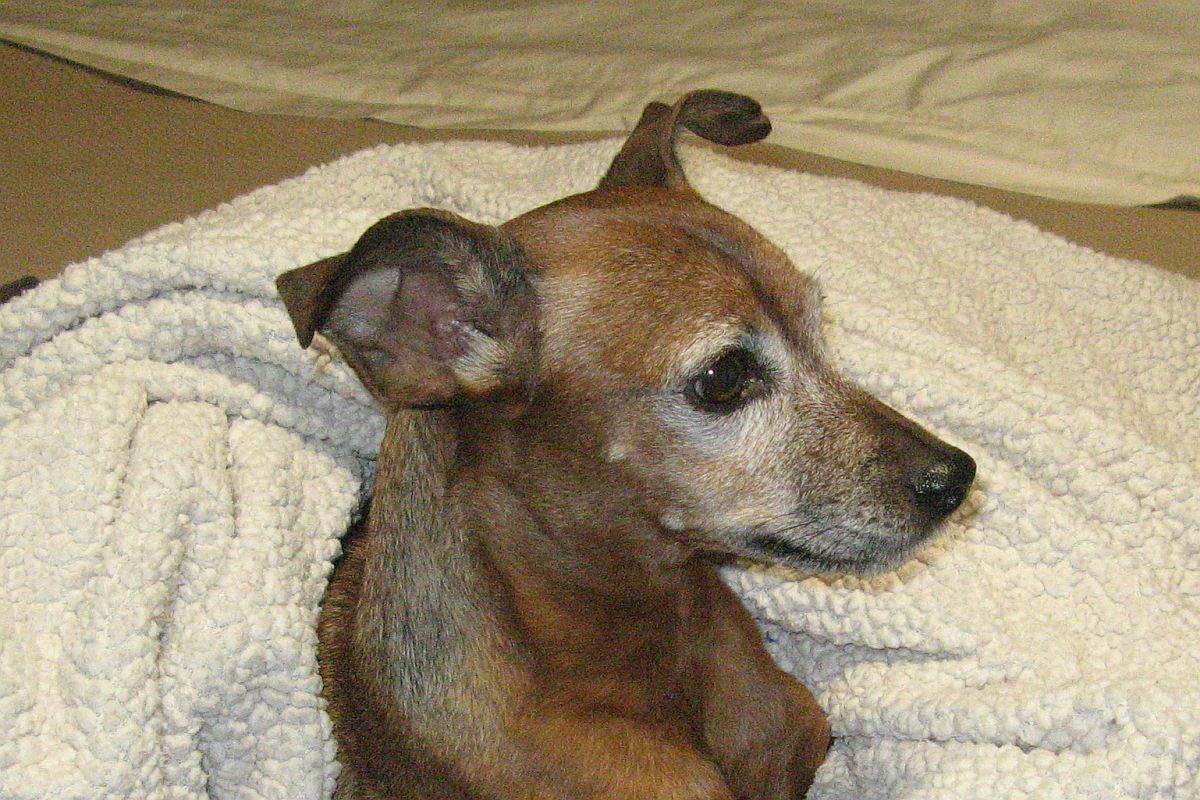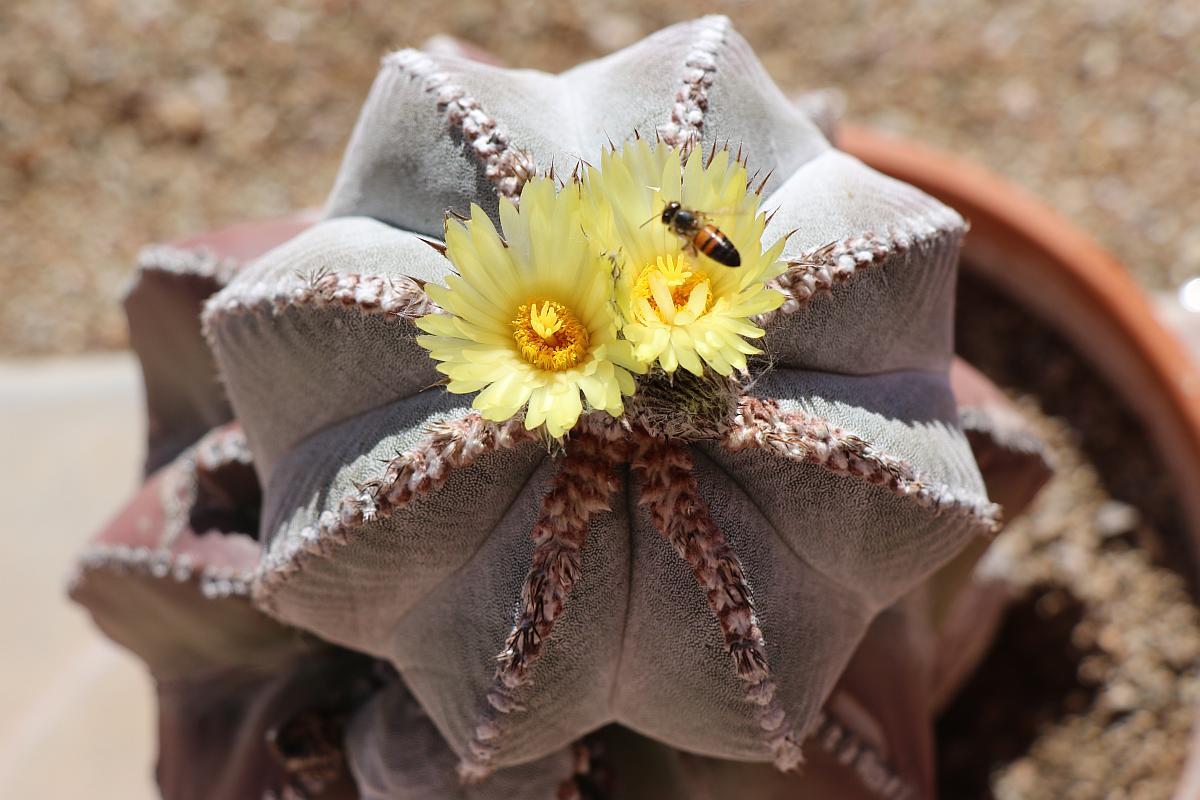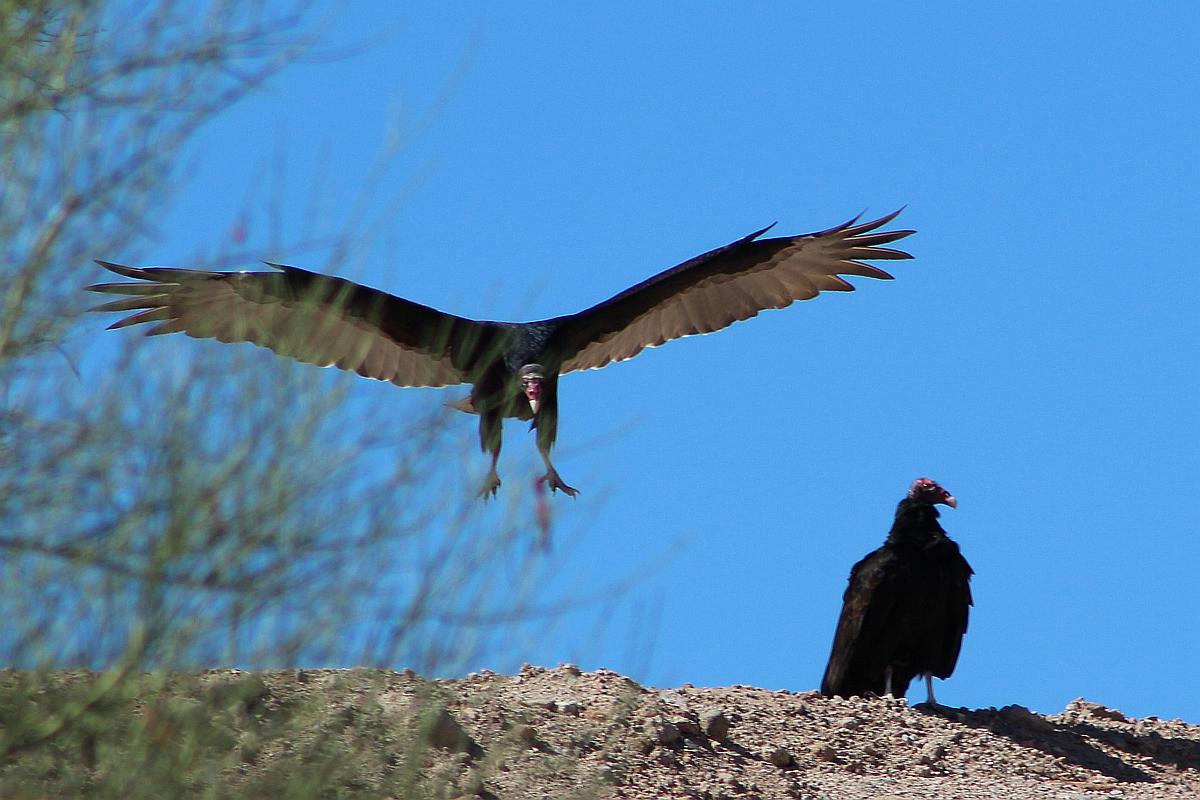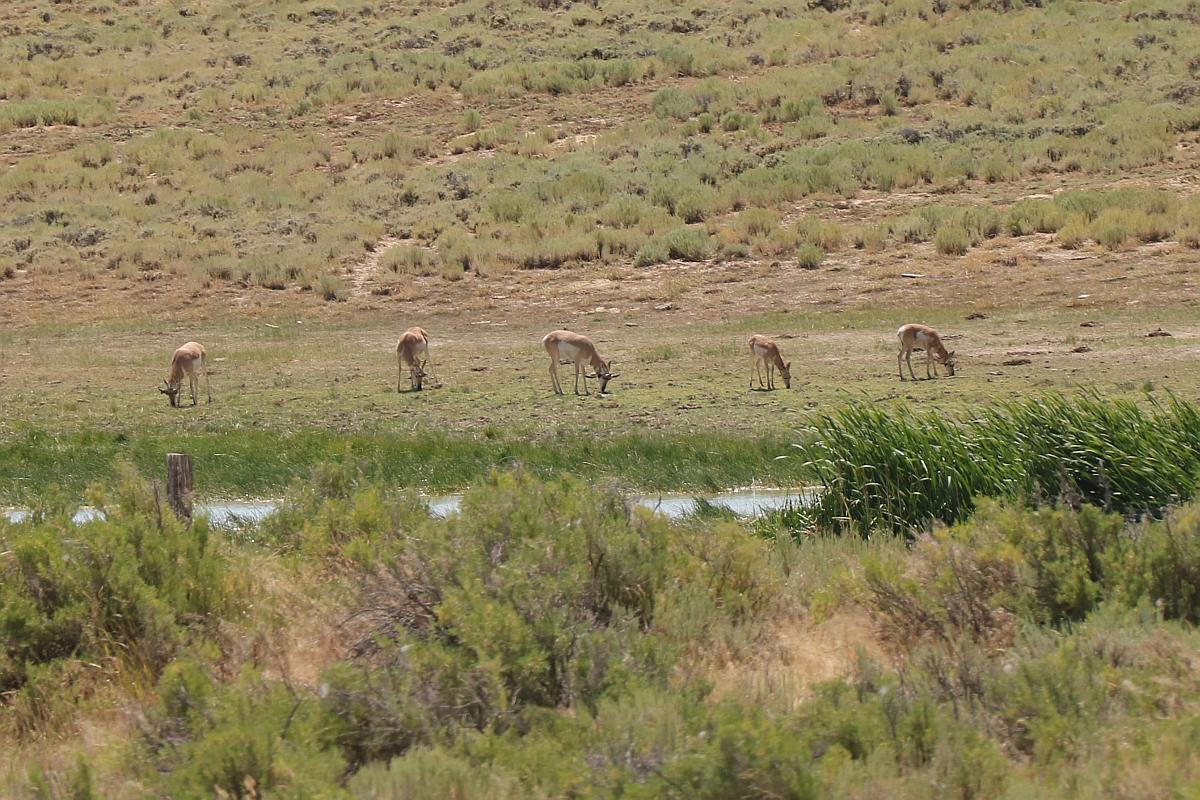The photo above is a shot of one of our local desert cottontail rabbits (Sylvilagus audubonii) about to partake of some of the Brussels sprouts that didn’t make the cut to become part of today’s dinner. Verna will usually take unused portions of fresh veggies and toss them in the little wash behind the retention wall on the northwest side of our back yard. The rabbits don’t seem to mind that they’re getting second quality goods.
When we lived in California, we would dispose of this sort of ‘garbage’ in our compost bin. The compost worms would take care of recycling the kitchen waste. Now that we’re in the semi-rural Arizona desert, we do the recycling thing still with a compost bin, but most fruit and veggie scraps go up in the wash where a variety of critters devour them. We’ve seen everything including lizards, squirrels (several varieties), rabbits, jackrabbits, javelina and coyotes in the wash taking out the garbage, so to speak.
Read more about desert cottontail rabbits on Wikipedia. Click on the image to enlarge.

